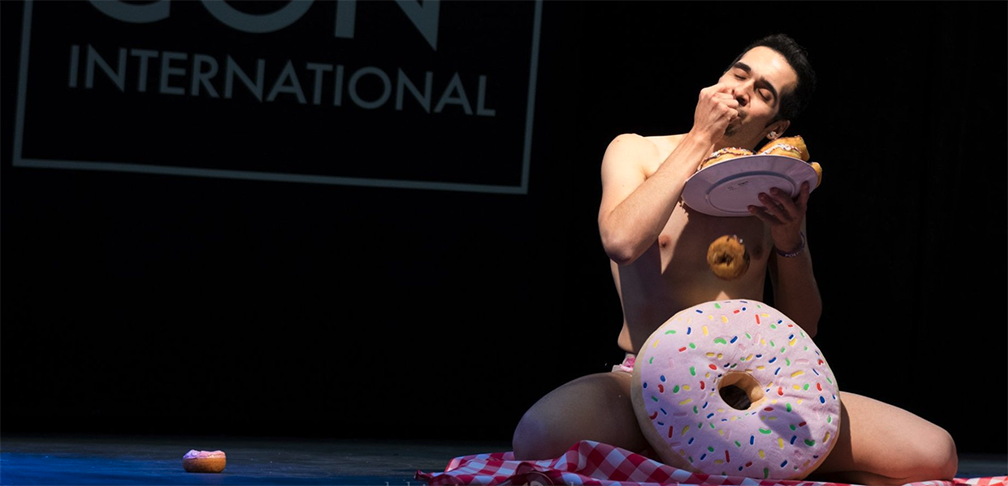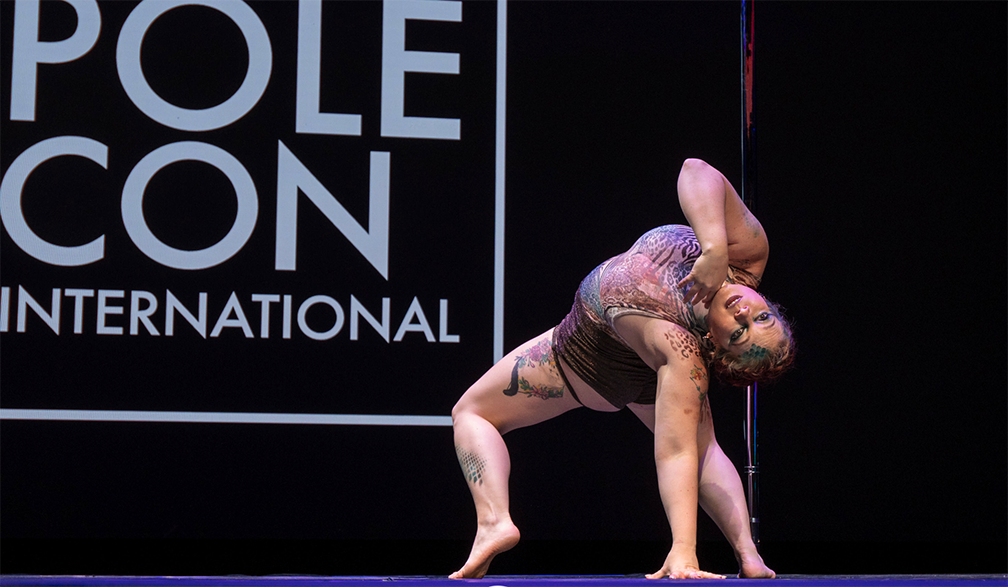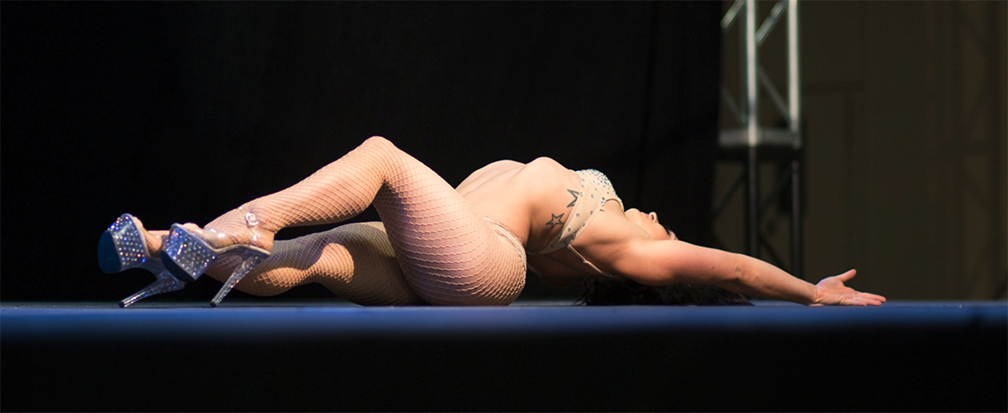We see a lot on social media about food trends, supplements, and “magic ingredients.” Influencers…

Conquering the Butterfly
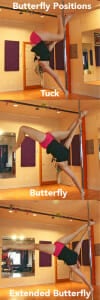
The Butterfly is one of the most desired achievements in pole. It’s classified as an intermediate move, but, let’s face it, it’s a difficult intermediate move and the struggle to get the Butterfly is real. Don’t get down on yourself if it takes a long time to get this move. The Butterfly is a fully gymnastic move and requires strength and precise body position for the move to even happen. On top of this, the move requires the body to find an unfamiliar balance point in an upside-down pose. It’s new movement for the body. There are many tips that can bring the Butterfly closer, but let’s start with shoulder engagement, arm position and core engagement.
Check out the video tutorial too! Click HERE.
The Tuck and the Balance Point in the Butterfly
Before we get into the tips, let’s discuss the Butterfly Tuck. When learning the Butterfly, work with a progression of movement: the Butterfly Tuck, the Butterfly (with bent legs) and the then the Extended Butterfly. Everyone gets caught up in wanting a full extension. Slow down and start with the Tuck and learn how to obtain a solid balance point. Work on feeling comfortable with the strength and the balance point. This means practicing the Tuck for weeks, even months. Pausing at this step and getting a trustworthy Tuck, will help with so many other moves beside the Butterfly. This position is the same in Handsprings, Ayeshas and the up portion of the Caterpillar Climb. Take time to get a reliable Butterfly Tuck or progress will be impeded by another wall down the road.
Shoulder Engagement
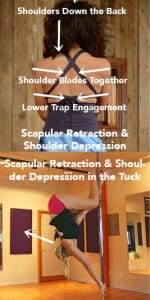
Many polers struggle with finding the Butterfly balance point and building the strength, but another import factor is having the correct shoulder engagement to support the move. As I discuss often in the blog, polers and aerialist need to use scapular retraction and shoulder depression to properly engage the shoulders. The shoulder blades need to engage inward and the shoulders need to roll back away from the ears. This engages the rhomboids and lower traps, plus oodles of smaller shoulder muscles. The pecs and lats are prime movers and are already engaged and working, by creating this frame the smaller helper muscles engage and protect the shoulders from injury and prevent the lats and pecs from overworking.
Practice scapular retraction by standing and bring the arms up into cactus arms and pulling the shoulder blades together and down and releasing the shoulders down away from the ears. Feel the muscles (rhomboids) between the shoulder blades and spine and the muscles (lower traps) below the shoulder blades and inward toward the spine activate. Now take this engagement and place the arms in a bracket grip on the pole and feel the difference. This engagement needs to happen in the back for the Butterfly to be safe.
Core Engagement
In the tuck position the natural tendency is to want to tip the tailbone downward in a posterior tilt. This movement will release the core. To properly engage the lower abdominal (transverse abdominis), the body needs to be in an anterior tilt in the pelvis. Create a hollow in the stomach with this tilt and with active inward engagement of the lower abdominal. The core is a stabilizer for numerous moves in pole, but particularly important in the Butterfly. The transverse abdominis is the lower abdominal muscle and it’s crucial to get this muscle firing for stabilization of the pelvis in the Butterfly.
Arm Position
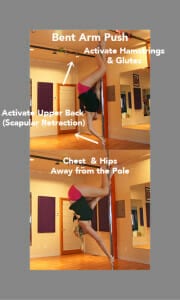
The arm position is a key component in achieving the Butterfly. The arms need to be positioned in Bracket Hold at the perfect angle to create a balance point for the hips and provide optimal space for engagement. If the lower hand is placed too low the balance point is harder to find, also this keeps the chest and torso close to the pole and does not allow for the hips to be in the correct position for not just a tuck, but Butterfly and Extended Butterfly.
Think of this arms and shoulder complex as a triangle with the pole being one side. A triangle is strongest when equilateral, however everyone has a different proportions and will need to find the perfect equilibrium of strength and balance point for every different body. A triangle that is obtuse or too wide in the arms will not support the weight of the body. A triangle that is too acute or too small will also cause a myriad of problems.
When placing the lower arm on the pole, push and engage with the lower arm and pull with the upper arm. We explore into push/pull more in a follow-up article at Totally Stoked Blog. Engage the legs and glutes to lift the hips up and outward. It’s vital to bend the elbow of the lower arm up the pole to enable the push and lift. Placing the lower arm in the extended bracket grip position will not allow for space to push upward.
Visit the Blog TotallyStokedFitness.com for more tips on the Butterfly, including how to work on Body Alignment and the Push/Pull. Plus tutorials on the Butterfly and the Extended Butterfly.
Latest posts by Rebecca Stokes (see all)
- Tutorial: Brass Monkey - June 17, 2016
- Tutorial: Obtain The Marion Amber - April 1, 2016
- How to Ace the Chest Mount - December 22, 2015
